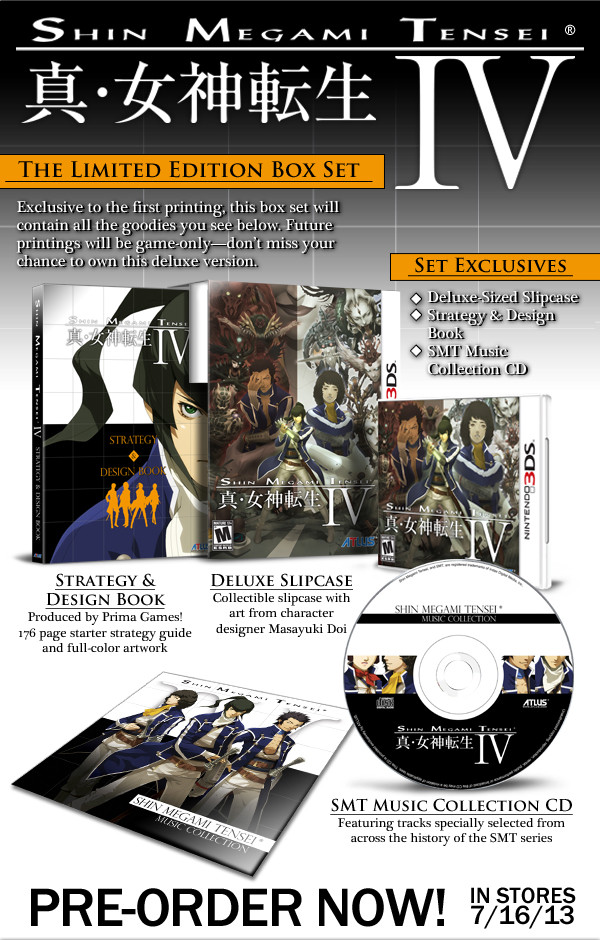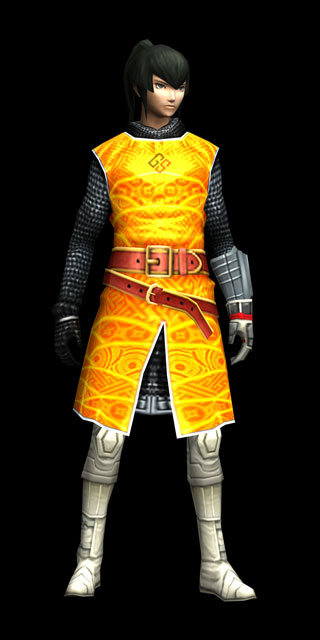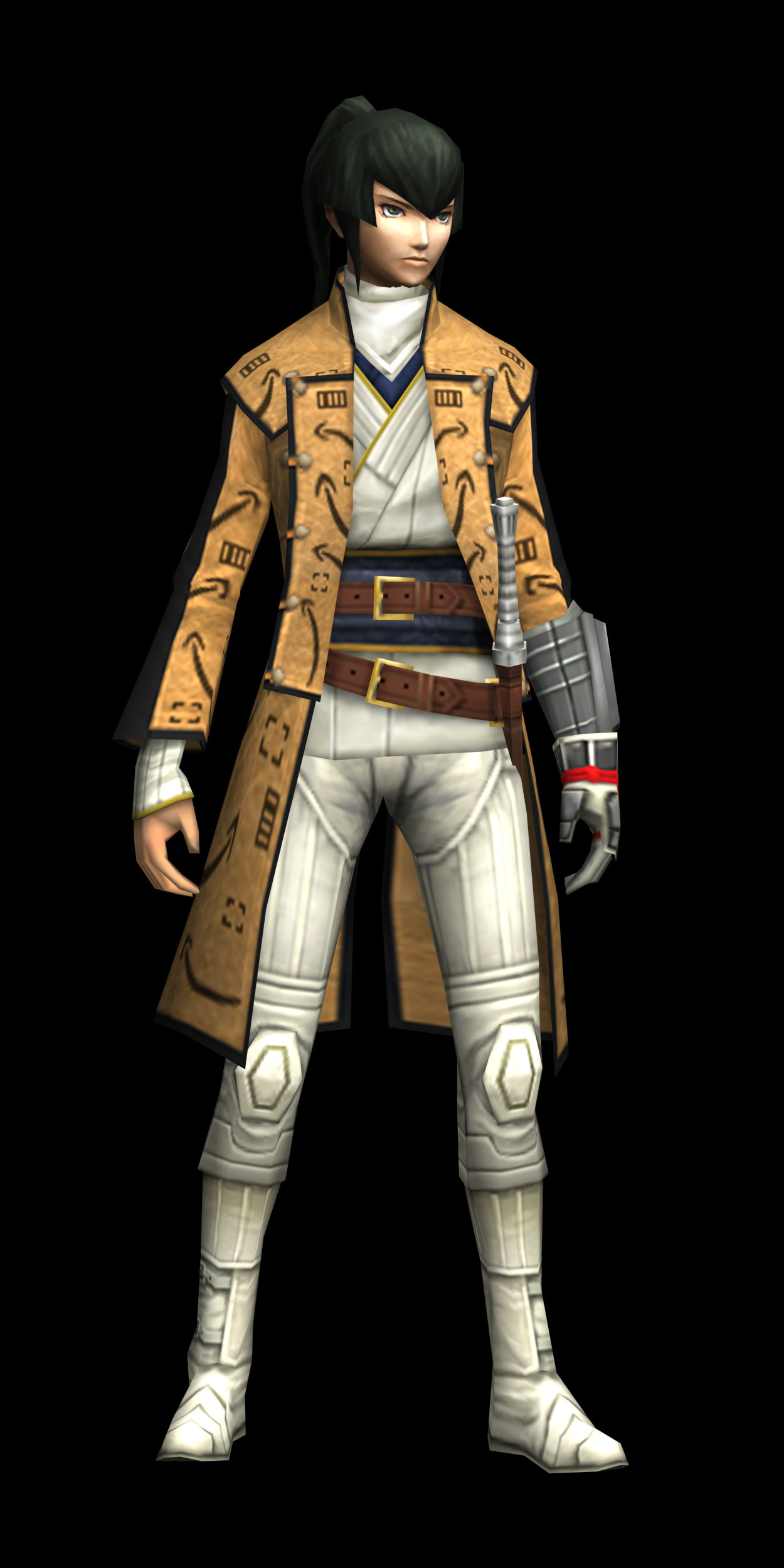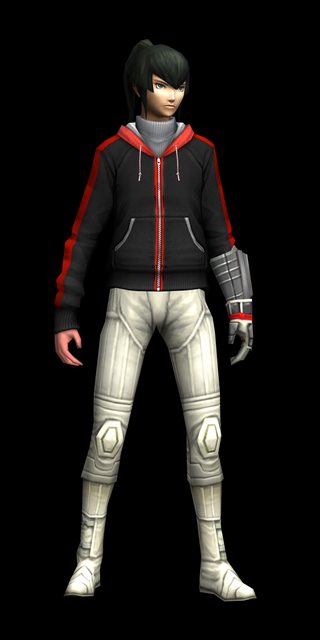Cao Cao
CAGiversary!
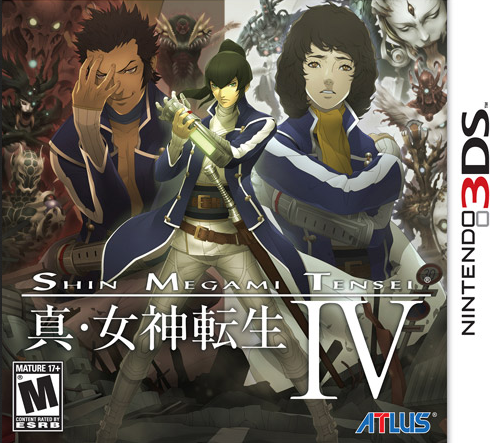
Official website (US)
Order @ Amazon, GameStop, Best Buy, Wal-Mart, NewEgg, EB Games Canada
DEAL ALERT (For the US and Canada)

Details Page
Register Fire Emblem: Awakening and Shin Megami Tensei IV with Club Nintendo by August 31st, 2013, and you'll get a $30 eShop credit. You can register the physical or digital releases, and it's retroactive.
Release Dates
JP: May 25th, 2013
US: July 16th, 2013 $49.99 MSRP
EU: TBA
In the US, at all retailers, the first print run will be a Limited Edition that includes:
- The game
- A 176-page full-color artbook/starter strategy guide
- A soundtrack CD
- A "deluxe-sized slipcase" (i.e. a larger cardboard box)
All of these retailer-exclusive DLCs are costumes for the Protagonist.
GameStop: "Auric Armor" An orange Medieval/Samurai outfit with a small "GS" in the middle
Amazon: "Prime Coat" A Cardboard-pattern robe, with Amazon smiles and boxes
EB Games Canada: "Power Hoodie" A spiffy Black and Red hoodie
Shin Megami Tensei IV General Overview
SMTIV is, in a nutshell, a turn-based RPG where you can recruit demons to fight in your party. Demons are recruited via negotiation; some demons will go with you if you tell them what they want to hear, most will need a bit of a push (bribe). You can level-up your demons in battle, and fuse them into stronger demons.
This game kicks off in a medieval-style kingdom, the "Eastern Kingdom of Mikado." Mikado is divided into three castes: Luxurors (nobles), Casualries (peasants), and the Samurai (warriors chosen from the other two castes). The general public considers the Samurai to be the Kingdom's protectors, but they do not know the Samurai's true duty: exterminate demonic threats outside the city walls.
You are an apprentice Samurai, one of five apprentices chosen by a computer-like gauntlet during the annual Gauntlet Rite. You will play an important role in the events to come; a booming voice in a dream tells you that your decisions will now impact the entire universe.
Your fellow apprentices are not your only allies. The Samurai Gauntlet gives you the power to negotiate with, recruit, and summon demon allies.
After some adventuring, your team eventually stumbles into modern-era Tokyo, which is in a state of perpetual darkness due to a demon invasion.
Not only that, but there's a simmering conflict between the Ashura-kai Organization and the Ring of Gaea. The Ashura-kai, led by the charismatic Tayama, believes in negotiating a peace between humans and demons, while the Ring of Gaea takes a "might makes right" approach, believing that only the strongest should rule.
Pick a side. Will you uphold the Law with the Ashura-kai? Sow the seeds of Chaos with the Ring of Gaea? Or will you reject both of their philosophies to find another way? Only you can discover the truth behind Mikado and Tokyo. Your decisions will shape the future.
Pick a side. Will you uphold the Law with the Ashura-kai? Sow the seeds of Chaos with the Ring of Gaea? Or will you reject both of their philosophies to find another way? Only you can discover the truth behind Mikado and Tokyo. Your decisions will shape the future.
Wait, SMTIV? Where are the other 3?
Yes, the IV in the title indicates that this is the fourth title in the mainline series. The Shin Megami Tensei series has had a great amount of spin-offs. You're probably most familiar with the Persona series, or you might have played one of the others like Devil Survivor, Strange Journey, Digital Devil Saga, DemiKids, If..., and/or Devil Summoner.
Instead of reading my ramblings, I recommend heading over to HG101's excellent retrospective of the entire SMT series.
The first mainline Shin Megami Tensei game was released on the Super Famicom.
Two years later, Atlus made Shin Megami Tensei II,
Both SMT and SMTII were originally released for the Super Famicom (SNES), and were later remade for more platforms (PS1, GBA, Mobile phones). Unfortunately, neither game has ever officially made it over to the US or Europe. Gotta rely on fan translations for now.
That brings us to Shin Megami Tensei III. You might know it better as Shin Megami Tensei: Nocturne for the PS2 (Or SMT: Lucifer's Call if you're in Europe), the first main-line SMT game to make it over to the West officially.
Generally speaking, the main-line SMT games deal with certain themes. First, the overarching theme tends to be the struggle between the forces of Law and Chaos in the post-apocalyptic Tokyo landscape, with the Protagonist usually being someone who is caught up in the middle of the conflict. The protagonist's unique position gives him an opportunity to shape the future, deciding which side, if any, is victorious in the end. The thing to keep in mind is that neither side is inherently "good;" Law seeks order at any cost, while Chaos seeks freedom at any cost. This monumental choice is not some color-coded decision point plopped at the end of the game; rather, it's based on your alignment (Law/Neutral/Chaos), which is a scale that is affected by the responses you give and actions you take during certain cutscenes throughout the game. When you reach the point-of-no-return, your alignment determines which ending path you take.
From a gameplay perspective, SMT main-line games are pretty strict dungeon-crawlers. You're going from one dungeon to the next, recruiting demons and fighting enemies and bosses along the way, to move the story along. When you're in a town, you're not managing schedules or raising Social Links, you're fusing demons, buying items/equipment, and learning background info from NPCs.
It started off with a demon invasion in Tokyo that eventually led to a global apocalypse. Fans in Japan were immediately attracted to the challenging dungeon-crawler gameplay, the demon negotiation system, and the dark, decision-driven storyline that involved those caught in the struggle between Law and Chaos.
Two years later, Atlus made Shin Megami Tensei II,
which picked up the story many years after the first game's Neutral Ending. Your character in SMTII is an amnesiac gladiator who wanders around the post-apocalyptic landscape, trying to discover his identity and deal with the ongoing conflict between the Messians and Gaians. As a sequel, it did everything "bigger and better," graphics and sounds were improved, the bosses were bigger, and the story's stakes were much higher.
Both SMT and SMTII were originally released for the Super Famicom (SNES), and were later remade for more platforms (PS1, GBA, Mobile phones). Unfortunately, neither game has ever officially made it over to the US or Europe. Gotta rely on fan translations for now.
That brings us to Shin Megami Tensei III. You might know it better as Shin Megami Tensei: Nocturne for the PS2 (Or SMT: Lucifer's Call if you're in Europe), the first main-line SMT game to make it over to the West officially.
Nocturne shook things up a bit. Besides moving the camera perspective to third-person, Nocturne put you in a different apocalypse. You start off as a high school student who goes to visit his teacher in the hospital with his friends, only to have the apocalypse occur during the visit. His teacher, a high-ranking member in an apocalypse cult, calls it the Conception, a periodic event where the old world is turned into a ruined "Vortex World" so that a new world can be born. So, the world ends, your friends survive, and the protagonist is turned into a half-demon who can fight and recruit other demons. As you wander, the denizens of the Vortex World separate into different factions, each guided by a different philosophy, called a "Reason." The victorious faction can shape the new world to fit their Reason. Your choices throughout your journey guide you towards one of the Reasons, or your choices could enable you to reject all three. As I said earlier, this is a different apocalypse, though there is only one small thread, a minor character, that connects this to SMTII.
Generally speaking, the main-line SMT games deal with certain themes. First, the overarching theme tends to be the struggle between the forces of Law and Chaos in the post-apocalyptic Tokyo landscape, with the Protagonist usually being someone who is caught up in the middle of the conflict. The protagonist's unique position gives him an opportunity to shape the future, deciding which side, if any, is victorious in the end. The thing to keep in mind is that neither side is inherently "good;" Law seeks order at any cost, while Chaos seeks freedom at any cost. This monumental choice is not some color-coded decision point plopped at the end of the game; rather, it's based on your alignment (Law/Neutral/Chaos), which is a scale that is affected by the responses you give and actions you take during certain cutscenes throughout the game. When you reach the point-of-no-return, your alignment determines which ending path you take.
From a gameplay perspective, SMT main-line games are pretty strict dungeon-crawlers. You're going from one dungeon to the next, recruiting demons and fighting enemies and bosses along the way, to move the story along. When you're in a town, you're not managing schedules or raising Social Links, you're fusing demons, buying items/equipment, and learning background info from NPCs.
So what does Shin Megami Tensei IV add?
Well, for one, it's bringing back the "Press Turn" system introduced in Nocturne. Hit an enemy with their weakness, and you get an extra turn. SMTIV introduces a new wrinkle with the "Smirk" status. Basically, when you get an extra turn, there's a chance that your character will "Smirk," increasing your damage output and reducing your vulnerabilities. Keep in mind that you and your demons have weaknesses, so your enemies can also gain extra turns and potentially Smirk.
Rather than using random battles, SMTIV takes a page out of the Persona 3/4 handbook by having enemies wander around the field. This allows you to avoid enemies or get a pre-emptive attack in if you smack them on the field before they touch you.
Side-missions, called "Challenge Quests," are abundant at the local Samurai hang-out, K's Tavern. Re-visit old dungeons, fight stronger demons, etc. for EXP and quest rewards.
Other minor stuff:
- You can now fuse demons mid-battle.
- Changing armor now changes your character's appearance on the field.
(This section to be expanded when I learn more)
Media
E3 2013 Trailer:
http://www.youtube.com/watch?v=7f6RNTsbDYk
"The Samurai Way" Trailer:
http://www.youtube.com/watch?v=oj_kSYZ3Nys
"The Ritual" Trailer:
http://www.youtube.com/watch?v=1rOWDD5LFCU
Japanese Trailers:
First Trailer
http://www.youtube.com/watch?v=u-jHQ2zAmmw
Second trailer (This is the "Uncut" version shown at TGS)
http://www.youtube.com/watch?v=6Qk8V3VcGKk
Third trailer from 2/21 Nintendo Direct
http://www.youtube.com/watch?v=UnwopvNSCQU
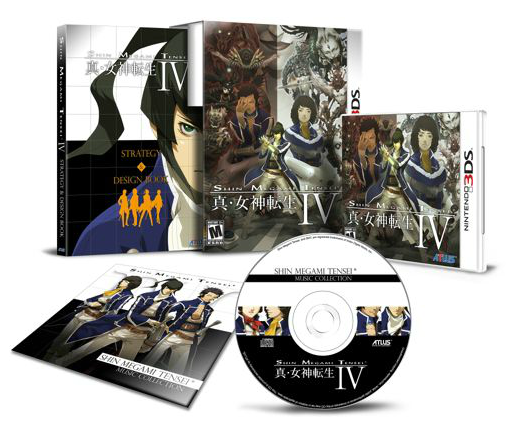
Last edited by a moderator:


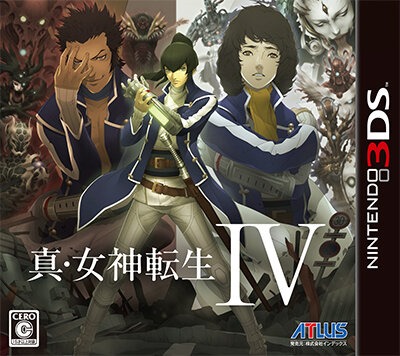

 49.99
49.99 
